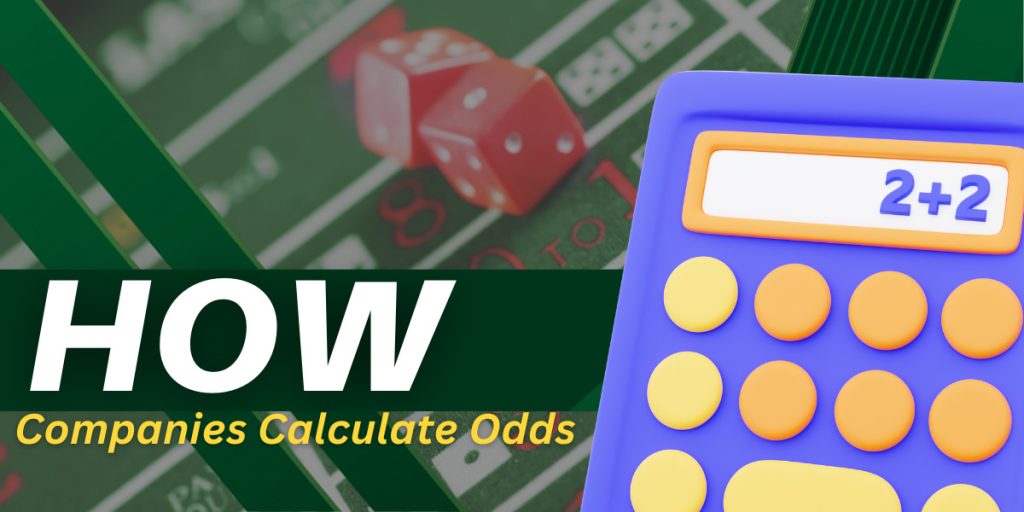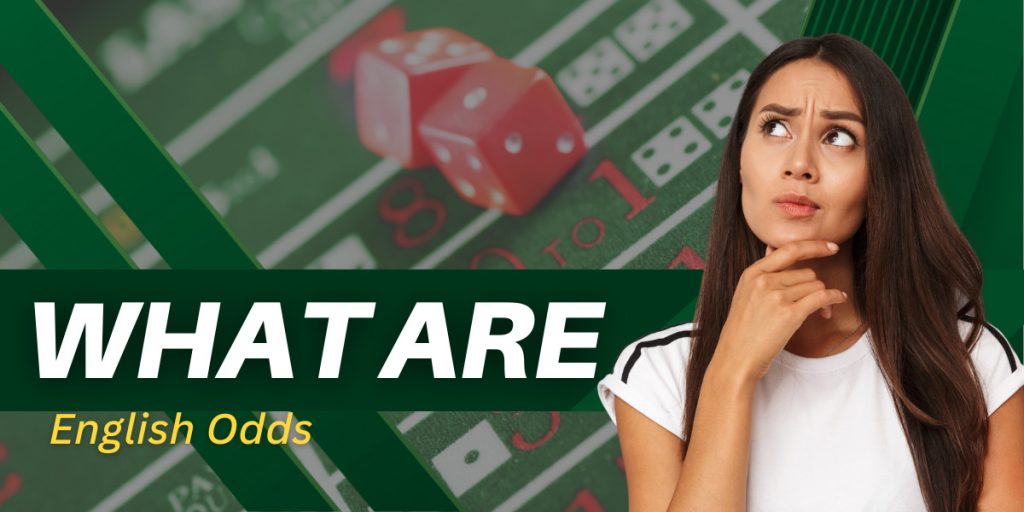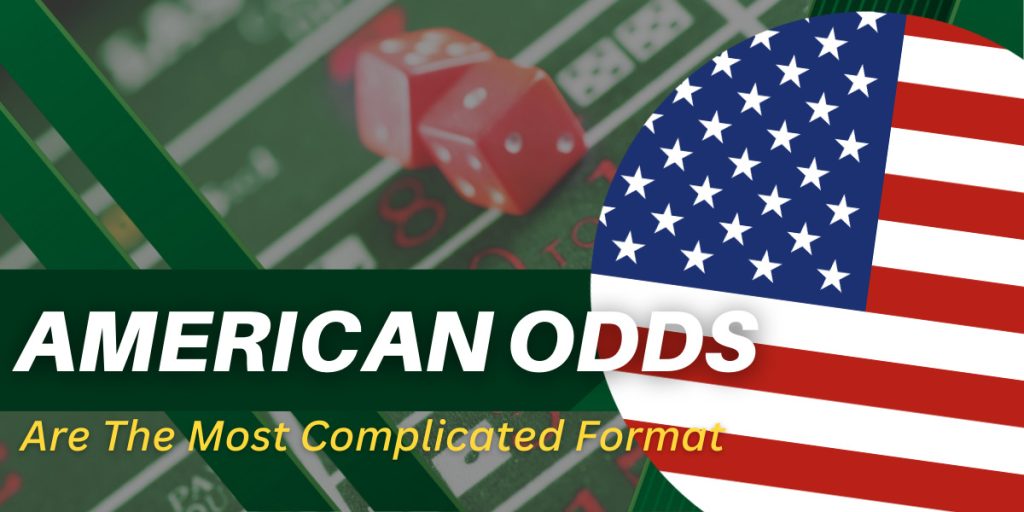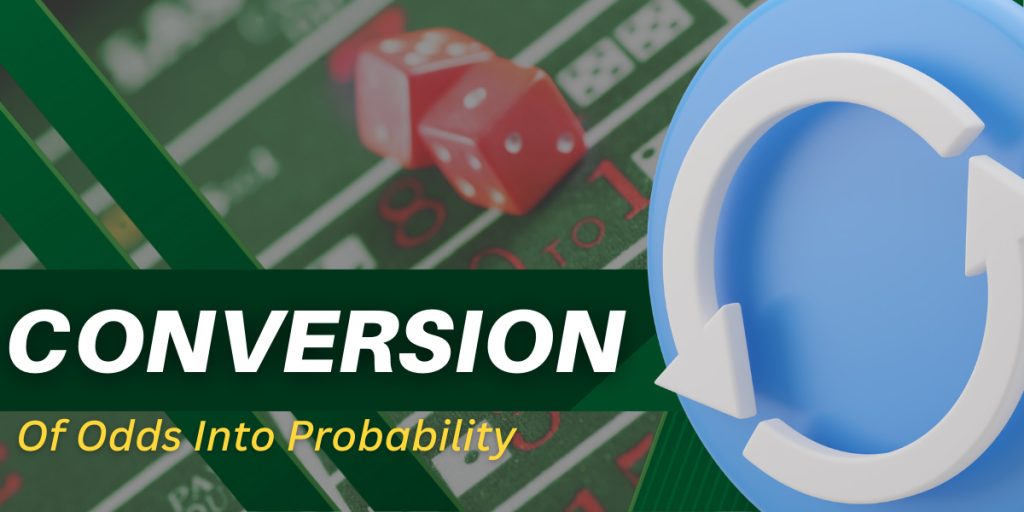Odds in sports betting are numbers that represent the probability of a certain event occurring. Odds are set by analysts of companies that accept bets. A user who plans to place a bet, it is worth knowing how to read odds, into what types they are divided.
How Companies Calculate Odds

When calculating the odds, analysts of companies take into account many different factors that can affect the course of the competition. First of all, experts take into account the strength of the opponents. It is easiest to calculate odds for matches where the favorite and the underdog compete. Events associated with the victory of the favorite, will provide low odds. The opposite is the case with bets on the outsider’s win – they are able to give a large prize, but with a low probability.
The stadium in which the game will be played is also taken into account. Usually, bets on the victory of the home team have lower odds than the events associated with winning the guests. Separately, it is worth noting big tennis, where the type of court on which the competition takes place is important. Some athletes play better on a grass surface, while others show excellent results when playing on a hard surface.
The analysis of the odds also takes into account the weather conditions. For example, if 2 soccer teams play in sunny, windless weather, the odds will be standard. However, the situation will change if the match is held during a strong wind, precipitation. Bad weather conditions increase the chances of weak teams, as a strong squad can make a mistake.
European Odds Are The Most Popular Format

Most often you can see the odds written in decimal fractions. Examples of such odds are 1.8, 2, 3.5. The coefficient allows you to determine how many times the bet amount will be increased if the prediction is correct. The size of the potential prize is equal to the product of the bet and the quote.
For example, a user has bet 10 USD on an event with odds of 2. In this case, the payout for a correct prediction will be 20 USD. The user will receive a net profit, which is equal to 10 USD.
The Hong Kong format is considered to be a subtype of the European format. It is recorded similarly, but displays the size of the net profit, not the total payout. To translate the Hong Kong odds into the European one, it is necessary to increase it by 1.
For example, a bettor made a bet of 10 USD on an event with the Hong Kong quote of 2.36. In this case, the net profit will be equal to 23.6 USD. The total payout will be equal to the product of 10 and 3.36, i.e. 3.36.
How Prizes For Expresses Are Calculated
It was noted above how the payout for an order containing only 1 market is calculated. However, it may be that the user has placed an express bet with several outcomes. In this case, the potential winnings are equal to the product of the amount bet and all odds. For example, if a bettor bets 10 USD on an express bet with markets with odds equal to 1.5, 2, 2.5, the potential payout is equal to 75 dollars.
What Are English Odds

Sites that accept bets in England usually use English odds. They are written in the form of a common fraction. Such odds show the ratio of net profit to the amount bet. Fractional odds are also used in other countries, but not often. Examples of English odds are 1/6, 4/3, 2/3.
For example, you bet 6 USD on an event with odds 4/3. Reading the quote, you can understand that every 3 USD spent on the bet can bring 4 USD of net profit if the prediction is correct. So, if the bet wins, the bettor will get a net profit equal to 8 dollars.
To convert the English quote to the European one, you need to divide the numerator by the denominator. To what you get, you need to add 1. For example, 1/4 odds can be written in the European format as 1.25.
American Odds Are The Most Complicated Format

The American format provides for the use of integers with plus/minus. Examples of such odds are -300, +100, -750. The American format is less popular than the coefficients described above.
A negative quote displays the amount that must be bet to get a net profit equal to 100 units of the currency used by the bettor. For example, the odds are equal to -200. This means that in order to get 100 USD in the form of net profit it is necessary to spend 200 dollars on betting.
A positive coefficient shows the net profit for 100 units of currency spent on the forecast. For example, if the quote is +250, the user can win 250 USD for every 100 USD spent on the bet.
What Other Odds Are There

In addition to those described above, there are unpopular formats of odds. For example, the odds can be recorded in the Indonesian format. It is similar to the American one, but it is 100 times smaller. For example, the Indonesian coefficient +1 is similar to the American +100.
There is also the Malaysian format. It is similar to the American format, but provides slightly different values. Negative odds indicate that the net profit is greater than the amount bet. Positive odds indicate that the payout will be less than the bet.
The Concept Of Implied Probability

Implied probability is a percentage converted quote. It shows what the chance of a certain event occurring is. It should be taken into account that all odds include the margin of the betting company. Margin is a commission that allows the company to guarantee a profit.
For example, the analysts of the betting site have determined that the odds of a certain outcome should be equal to 1.5. In this case, bettors will be able to place a bet on this event with a quote, for example, 1.6. It all depends on the margin.
Conversion Of Odds Into Probability

Any user who wants to win as often as possible, you need to know how to convert odds into probabilities. This will allow you to determine how profitable the bet is, and calculate the chance of winning.
After going to the platform, where you can place bets, the user will see only a line with odds. There are no percentages there. To calculate the probability, you need to divide 1 by the quote, and multiply the quotation by 100%. The obtained result will show the chance of the outcome.
For example, for a certain event the odds of 2.1. First, the bettor needs to divide 1 by 2.1 – the result is 0.48. Multiplying the quotient by 100%, we get 48% – this is the probability that the event will occur.
The odds for English odds are calculated differently. The bettor must first add the upper and lower numbers, and then divide the denominator by the sum. For example, the odds are equal to 4/3. To calculate it, you will need:
- Add 4 and 3 – you get 7.
- Divide 3 by 7 – the quotient is 0.43.
- Multiply the result by 100% – the probability of the outcome is 43%.
With American odds, 2 formulas can be used at once. If the coefficient is minus, to calculate the probability find the sum of the quote and 100. After that, the coefficient is divided by the obtained result.
For example, the quote is equal to -100. In this case, the calculation will require:
- Add 100 and 100 – there will be 200.
- Divide 100 by 200 – the result is 0.5.
- Multiply the quotient by 100% – the probability of the event is 50%.
If the odds are positive, the coefficient is added to 100. After that, 100 is divided by the sum. For example, for a +230 coefficient, the calculation will be as follows:
- 230 and 100 are added together, and 330 is obtained.
- 100 is divided by 330, you get 0.3.
- The result is multiplied by 100% – the probability is 30%.
Knowing how to translate odds into probabilities, the user will be able to make those predictions that offer the best ratio of chances to win and potential profit.
Useful Recommendations For Working With Odds

The main thing to keep in mind is tracking the dynamics of odds. In sports disciplines, a lot depends on circumstances. Odds can change due to injuries of athletes, court proceedings, change of lineup by a top player, bad weather conditions. External circumstances can seriously change the course of the competition. If the bettor is able to react to this in time, he will make a profit.
When placing live bets, the user must remember about the possibility of cashout. Sometimes it is better to fix the profit at high odds by cashout than to wait until the end. The odds of an event may decrease if you wait too long.
Once you understand how to work with the odds, you can open a site that accepts bets, register and deposit your balance. Following the recommendations on working with the odds and bankroll management, it will be possible to maximize the chances of winning. The best place to start is with ordinals – the simplest types of bets. For those who are ready to take risks, express bets are suitable.
